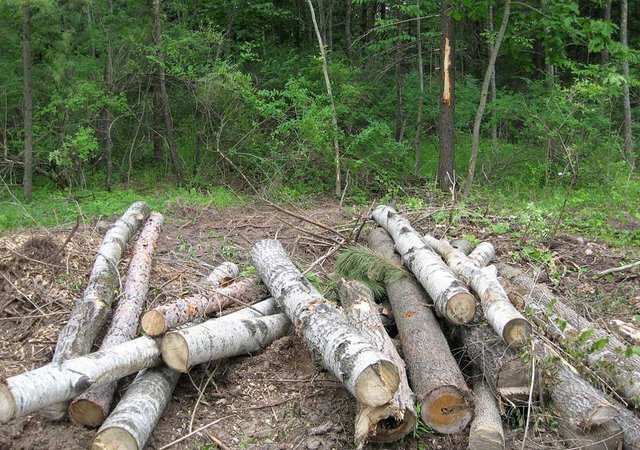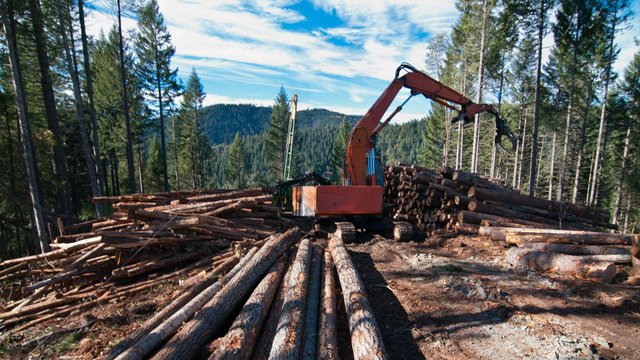Natural ecosystems do us countless favors, from purifying the water and air to harboring and nurturing the pollinators we need to grow much of our food. Yet landowners may have other, more directly profitable uses in mind for their land, be it growing crops, ranching cattle or building a factory, apartment building or office complex.
It might seem only fair, then, that if we want people to leave their wildland intact for the greater good, we should pitch in to alleviate the opportunity cost: the money a person might have made from developing the land instead. But how do we organize this in a fair and effective way?

Economist Sven Wunder, principal scientist at the European Forest Institute and senior associate at the Center for International Forestry Research, has spent years investigating just this. Wunder, who shared his insights in two 2020 articles in the Annual Review of Resource Economics, told Knowable Magazine that evidence for the effectiveness of such projects is often sorely lacking — but it’s within our reach to do better.
This conversation has been edited for length and clarity.
What is the philosophy behind payments for environmental services (PES) schemes, and what is your own experience with them?
For a long time, the conservation movement mostly held the idea that conservation is for everybody’s good, including landowners, and that we just need to give people environmental education to persuade them. But in terms of what they might otherwise have done with the land, it’s not always for the owners’ own good not to develop it, at least not without compensation.

I’m specialized in incentive schemes for the conservation and sustainable use of forests, where a landowner gets paid or otherwise rewarded if they agree not to cut down the forest, by selling certain land rights for a certain period of time. This typically restricts their use of their own private land. I’ve worked in the tropics for more than 20 years, including in Brazil, Peru, Ecuador, Colombia and Indonesia. I’m still doing so now, but my current research also includes Europe.
I should add that in the European setting, impact evaluations have not been common at all. When we’re doing something in the Global South, everyone wants to know if we are getting value for money for our investments. But when it comes to our own backyard, we’re often more reluctant to get the hard facts, because some subsidies may work better for sustaining the income of farmers, for example, and maybe not so well for the environment, and we don’t want to dig too deep to find out.